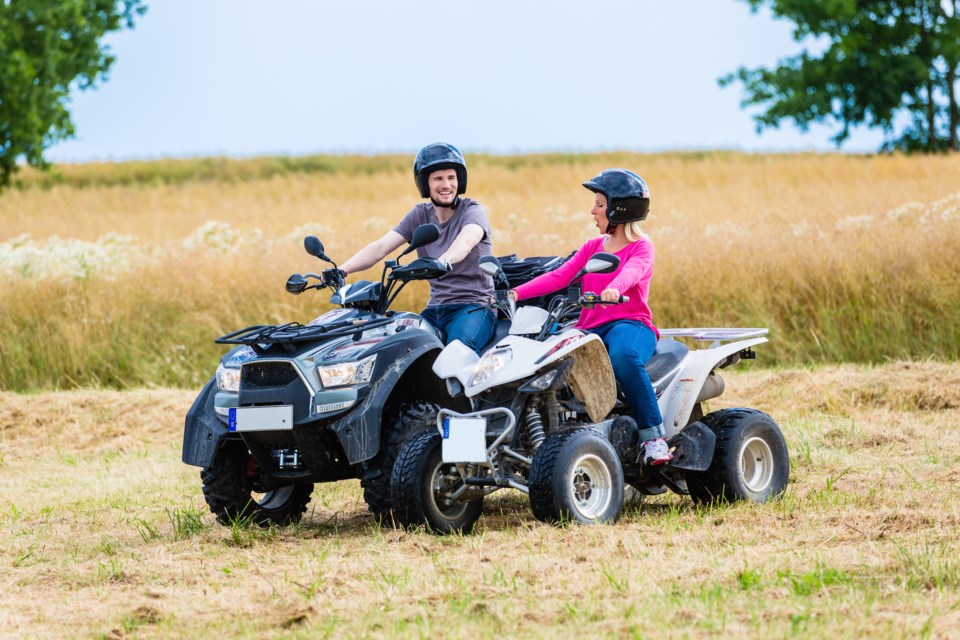NEWS RELEASE
ONTARIO PROVINCIAL POLICE
***************************
Off road vehicle (ORV) safety
Ontario Provincial Police (OPP) is reminding off-road vehicle riders to exercise caution and follow basic safety rules when operating off-road vehicles (ORV).
Investigations into ORV collisions continue to show that alcohol consumption, lack of experience, high speed, lack of helmet use and overall carelessness are major contributing factors in severe injuries or deaths associated with this outdoor activity.
As of May 8, 2016, five people have died in ORV incidents in OPP jurisdiction, compared to two at this point in time last year (2015).
Driving an ORV under the influence of alcohol or drugs is as unlawful as driving any other vehicle and can result in stiff fines, having your driver’s license suspended or even a jail term.
Operators who do not wear their helmets are at a much higher risk of serious injury or death in the event of an ORV incident.
For off-road driving, the owner of the ORV must ensure the driver is at least 12 years of age, unless they are on land occupied by the vehicle owner or under the close supervision of an adult.
Previously, only an All-Terrain Vehicle (ATV) as prescribed in the Highway Traffic Act (four low pressure tires, steered by handlebar, having a straddle seat and only one rider – no passenger) could operate on specific highways and only if the host Municipality had enacted a bylaw enabling access.
This included the shoulder and ditch portions.
The Ministry of Transportation just announced new ORV legislation that is taking effect on July 1, 2016 which will allow other types of ORVs, including two-up ATVs, side-by-side ATVs and utility-terrain vehicles (UTVs) to be used on the shoulder of public roads.
The new law also requires all riders, including drivers and passengers of all ages, to wear a helmet and use a seatbelt or foot rests where applicable.
Drivers operating a permitted ORV along a road or highway must hold at least a G2 or M2 driver’s licence, and their vehicle must be registered and insured.
For more information about the new law, click on the following link.
The Off-Road Vehicles Act of Ontario specifies that drivers and passengers must wear a helmet unless the vehicle is driven on property owned by the person driving the ORV; the driver and passenger must wear an approved motorcycle helmet that is securely fastened under the chin with a chin strap.
The penalty for not wearing a helmet carries a fine of $90.
The Off-Road Vehicles Act requires an ORV to be registered, plated and insured with some exemptions for the Far North as well as farmers and trappers.
Excess weight on the rear carrier rack of an ORV may cause it to tip backwards when climbing hills with even the slightest grade, and caution should be used when using an ORV for hauling; never carry a passenger unless the ORV is designed for two people.
What other safety tips should ORV riders know about?
Always be prepared for the unexpected.
Carry a tool kit, first aid supplies, tow rope, flashlight, tire repair kit, high-energy food and cell phone.
Also carry a map, compass or GPS unit, and know how to use them.
Always wear a comfortable, well-fitted and fastened approved helmet and make it a priority to:
• Never drink and ride
• Take a safety course and get to know your equipment
• Stay in control and ride within your skill level
• Know your responsibilities wherever you ride
• Let someone know your trip or activity plans
For more information on ATV safety or legal requirements, visit ontario.ca/atv and e-laws.gov.on.ca.
***************************



